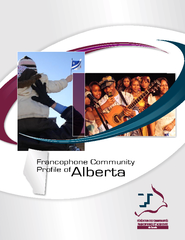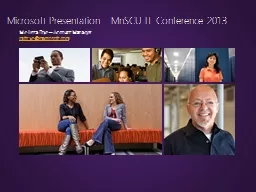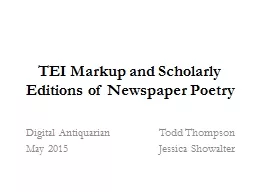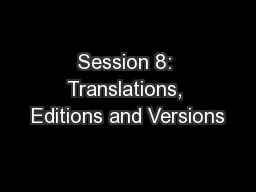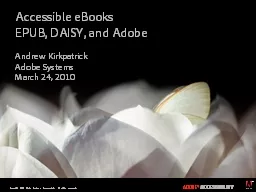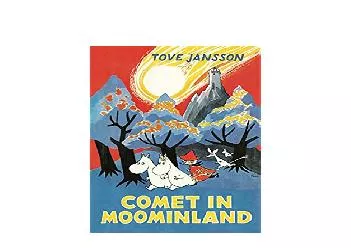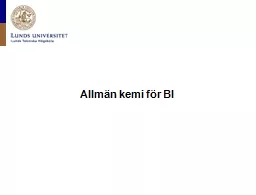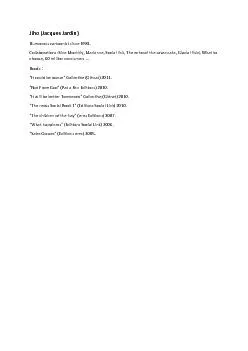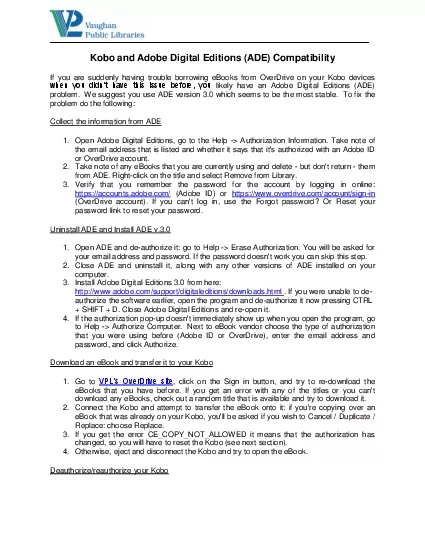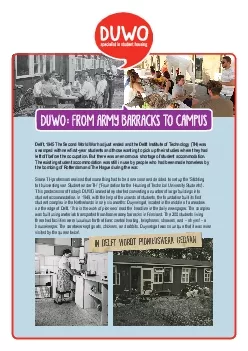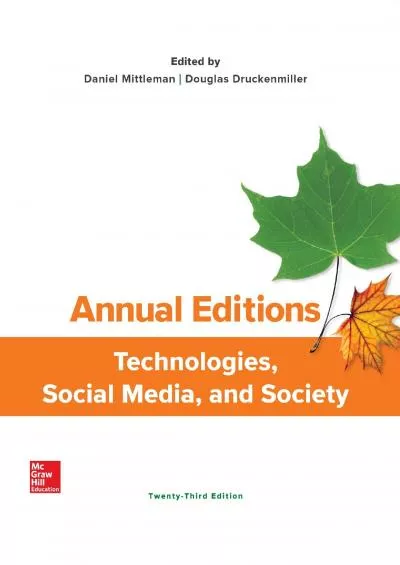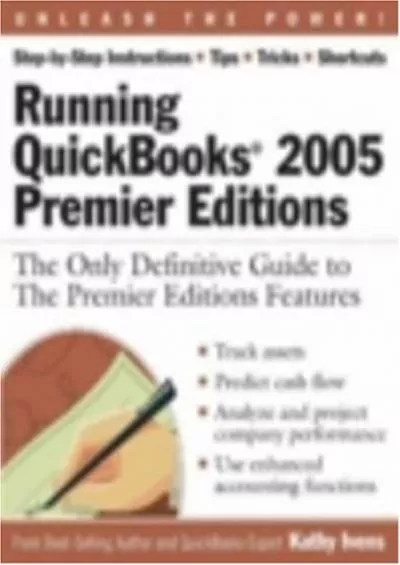PDF-For the �rst and second editions of this document, publishe
Author : luanne-stotts | Published Date : 2015-07-24
This prox00660069le compiles and presents updated information on the Francophone community of Alberta It is part of a collection of prox00660069les of Francophone
Presentation Embed Code
Download Presentation
Download Presentation The PPT/PDF document "For the �rst and second editi..." is the property of its rightful owner. Permission is granted to download and print the materials on this website for personal, non-commercial use only, and to display it on your personal computer provided you do not modify the materials and that you retain all copyright notices contained in the materials. By downloading content from our website, you accept the terms of this agreement.
For the �rst and second editions of this document, publishe: Transcript
Download Rules Of Document
"For the �rst and second editions of this document, publishe"The content belongs to its owner. You may download and print it for personal use, without modification, and keep all copyright notices. By downloading, you agree to these terms.
Related Documents

